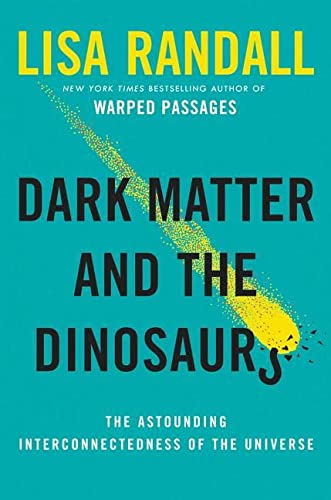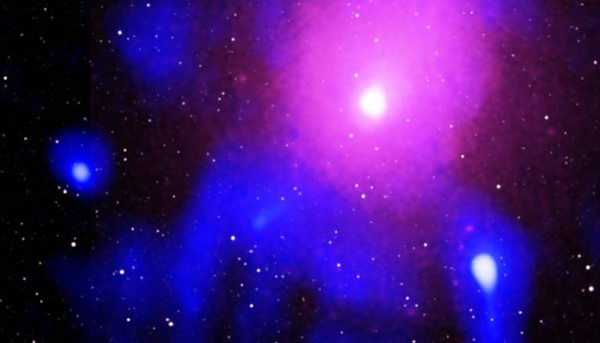One of the storylines in Solar Prime revolves around the dinosaur extinction event. The quest itself is called KT Crossing in the book. That is a reference to the geological boundary between the Cretaceous (K) and Tertiary (T) periods. Current theory is that a meteoroid hit Earth where the Chicxulub (CHEEK-shuh-loob) crater is today (Yucatan penninsula). The impact changed the environment significantly and caused the extinction of a vast number of species.
Then I heard Professor Lisa Randall on the Tim Ferriss podcast and promptly bought her book.

She theorizes that there is a dark matter disk that somewhat coincides with our galaxy, but is offset enough to cause small periodic interactions that might be responsible for nudging some of the Oort Cloud objects out of their orbits and sending them on a collision course with the Earth. Bad news.
This morning, I read this piece in the NY Times:
This Black Hole Blew a Hole in the Cosmos
I try not to take anything in the Times as gospel, but they were kind enough to link to Giacintucci’s paper in the Astrophysical Journal, so I read it. Here’s a quick quote from the abstract:
The Ophiuchus galaxy cluster exhibits a curious concave gas density discontinuity at the edge of its cool core. That’s a fairly dispassionate way to lead into an article about something that could wipe out a galactic neighborhood. https://www.icrar.org/wp-content/uploads/2020/02/2002.01291.pdf
The Times article is decent and helps make the point that super-massive black holes can eradicate life in very large regions of space. It’s not just bad things in our own solar system that can cause trouble. Problems light years away can bring extinction. The universe is a dangerous place.

